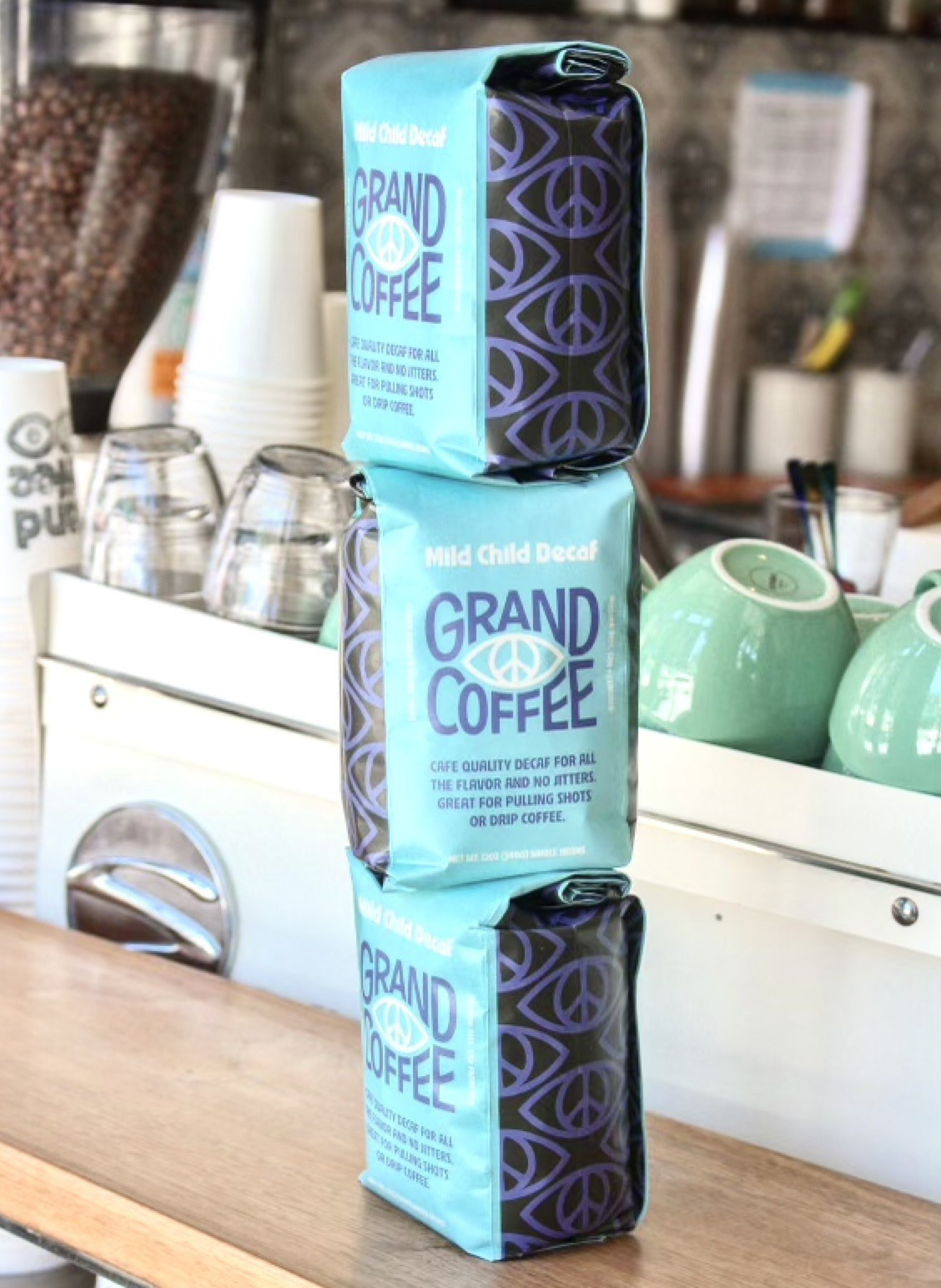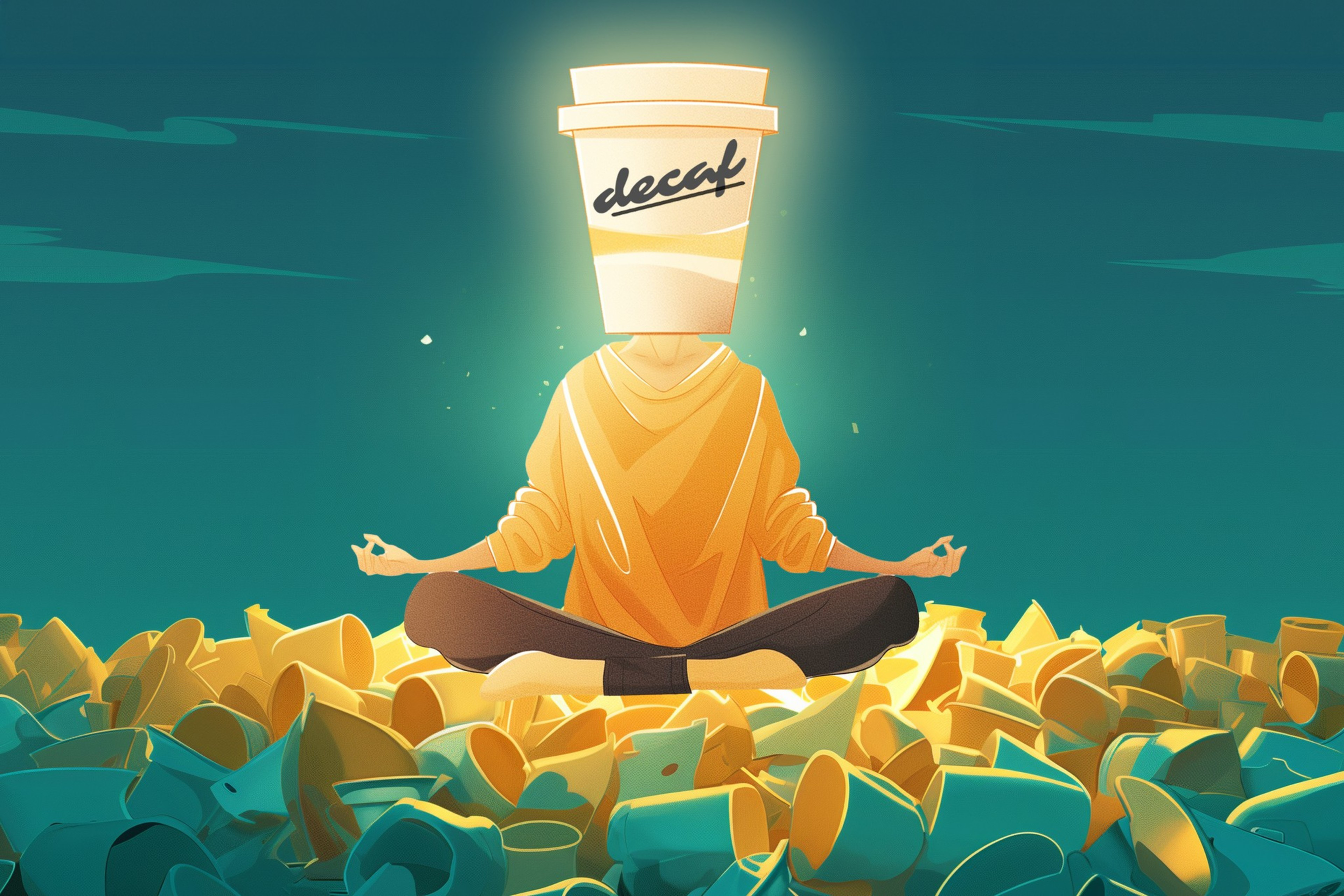Shock swept through Rancho Cucamonga in March when Weihong Zhang won the U.S. Brewers Cup Championship (opens in new tab), the coffee-world equivalent of the Indy 500. Zhang, the savant behind Texas-based Blendin Coffee Club (opens in new tab), came to Southern California to strut, competing with a brew that had surprised him with its sweetness and complexity.
But the biggest shocker: It was a decaf. In fact, the coffee — an Arabica varietal called Typica from Los Nogales in Colombia — was the first decaf to ever win the competition. One podcaster (opens in new tab) described the win as “kind of like winning the Tour de France on a unicycle.”
Decaf, long overlooked by “serious” coffee drinkers, is finally being taken seriously, both nationally and in one of the great coffee capitals of the U.S., San Francisco. An April 2024 report by research outfit SkyQuest Technology found the decaf market skyrocketing (opens in new tab). The company predicts that the $20 billion global market will jump 50% by 2030. Meanwhile, hometown hero Saint Frank Coffee is working on a new decaf to serve the ever-larger audience.

At Grand Coffee (opens in new tab), a cafe with two Mission district locations, co-owner Adrian Lopez credits the same cultural tides that are boosting CBD and nonalcoholic drinks with raising the profile of decaf. More health-minded coffee drinkers want their java without the adrenal jolt. A 2017 National Coffee Association survey (opens in new tab) found that 68% of respondents wanted to reduce their caffeine intake. Neuroscientist and podcaster Andrew Huberman this year preached the value of taking it easy on caffeine (opens in new tab).
Additionally, better technology for decaffeinating beans has made the drink taste as good — and sometimes better — than the real deal. Decaffeinating coffee almost inevitably results in some alteration of the flavor of the beans, something many high-end roasters eschewed. That is, until about five years ago, when new caffeine-eliminating processes began to appear.
Of course, no technology can replace high-quality coffee beans. “No matter what processing technique, there’s a loss of flavor, so you have to have an incredible entry point,” Lopez said. “But that’s expensive.”

Now, with more coffee drinkers looking for better-tasting decaf, there’s reason for roasters to make investments in beans and processing. Grand Coffee’s Mild Child Decaf (opens in new tab) is “a super solid all-arounder” made from a varietal called Huila from Colombia, Lopez said. Rather than chemical-washing, processors use naturally occurring ethyl acetate to detach caffeine from beans. For many, the process does weaken the flavor. But Lopez contends that Mild Chill tastes just as good as the company’s full-caffeine espresso.
A longtime barista at Coffee Movement (opens in new tab) in Nob Hill and the Richmond, Luis Gonzalez is one-half of the San Francisco coffee pop-up Hi-NRG (opens in new tab), which he runs alongside Nathan Kruse. When Dak Roasters (opens in new tab), a popular Dutch roaster, released a low-caffeine coffee called Sweet Dreams (opens in new tab), Gonzalez and Kruse ordered a shipment straightaway. “It was unlike any other decaf we had ever tried,” Gonzalez said.
The specialty decafs Gonzalez had previously tried were inferior in taste, too darkly roasted. But Dak’s tasting notes, which include dragon fruit and banana, clicked for the Hi-NRG duo. They found “tart passion-fruit sweetness with a lingering dark-chocolate finish” while pulling shots of decaf espresso.
For now, decaf sales are a small piece of Grand’s business, less than 5%. But Lopez sees plenty of potential for that to change as decaf coffees improve: “The market is there.”
